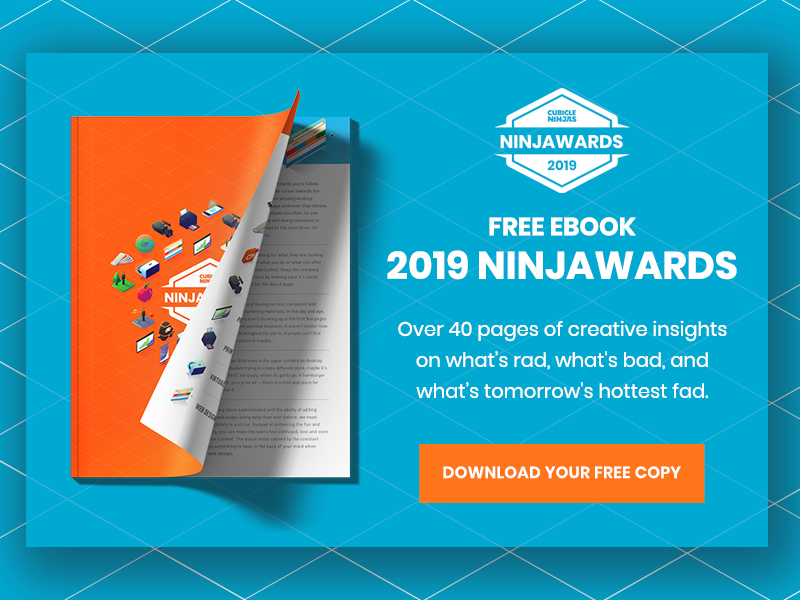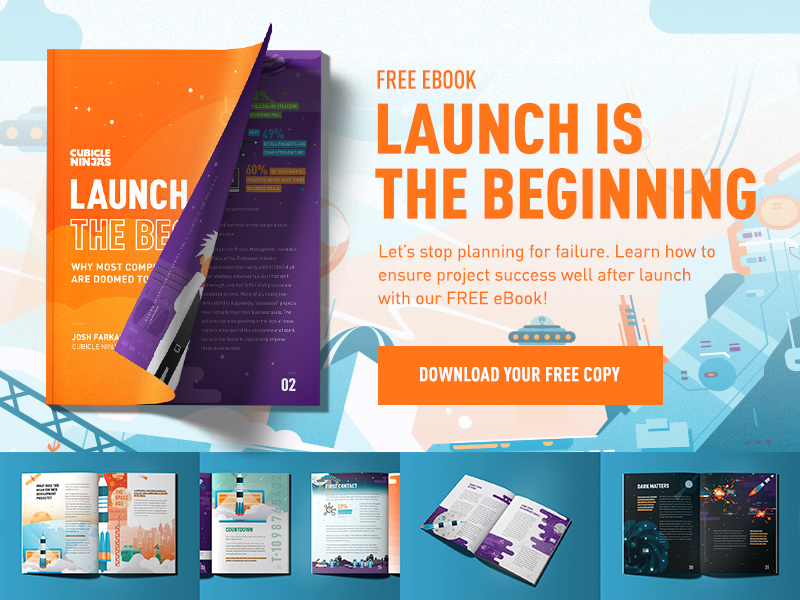
Entrepreneurs and innovators are always looking to create products that can help solve specific consumer problems. This is why extensive market research and analysis goes into the creation of a single product.
No matter how solid your business plan is, the market always has a few surprises that nobody can foresee. In a rapidly evolving market defined by continuous changes in consumer preferences, your product needs to be tested in real world conditions with actual consumers.
This is where the concept of a Minimum Viable Product comes in.
What is a Minimum Viable Product and Why is it Valuable?
Every product begins with an idea that is directed towards solving a problem. Minimum Viable Product, or “MVP”, is the ‘bare minimum’ version of your final product.
In other words, the idea is to create the smallest and quickest version of the product so you can begin testing it repeatedly.
Eric Ries describes MVP as “that version of a new product which allows a team to collect the maximum amount of validated learning about customers with the least effort.”
So how are core features of an MVP decided? The answer varies from industry to industry, and is often affected by budgetary restrictions and the product development timeline.
Why Use a Minimum Viable Product?
For some entrepreneurs, the launch of a product is a make-or-break situation after investing years in research and development. While this all-or-nothing approach may sound brave, there is more at stake when dealing with product development and launch. This is where the MVP can provide huge advantages:
Real Market Product Testing
Although every product undergoes rigorous internal testing throughout different stages of development, it still requires real market tests.
There are various factors at play in the natural environment, and consumer behavior may differ from factory controlled tests. As such, testing the product this way allows the R&D department to identify areas for improvement.
Highlight The Key Features
When developing a project, it is easy to succumb to pressure to add more features. When the focus shifts from solving consumer needs to satisfying wants, the product will eventually lose its core value. It is a well-known fact that adding too many features can disrupt the user experience. In this way, the concise and direct nature of MVP allows developers to focus on improving core features.
Cost-Effective and Efficient
MVP allows the entire project to be wholly dedicated towards the creation of a highly efficient product that revolves around the core idea, without any frills. Instead of dedicating time for developing a product that will eventually require adjustments, developers can simply release a low-budget version.
If the MVP is able to meet consumer expectations, the company can go ahead with the plan. If not, they will know precisely the areas that need improvement. In the worst-case scenario, developers can simply scrap the idea without investing any more time or money.
How To Define a MVP?
Many businesses have a hard time creating an MVP! This is primarily because it is difficult to ascertain the bare minimum value to the user that will persuade them to use your product.
Here are some pointers that can help you:
Target a Persona
A successful product can only be made after detailed and extensive market research that allows organizations to gauge its potential for success. Here, it’s important to remember that your product should be targeted towards pre-existing buyer personas.
When creating an MVP, the ideal way to start is to focus on one (preferably the most dominant) persona. Creating a product that addresses the potential problems of all personas will eliminate the specificity and efficiency of an MVP.
Only Add Features that are Needed
Product features are one of the most debated aspects of an MVP launch. One of the most important steps to avoid an MVP clustered with unnecessary features is to question every aspect of it, and decide whether they are truly central to the product.
While your industry and niche determine the features, it is important to include the unique aspects of your product so you can differentiate yourself from the competition.
Assess the Demand for Potential Features
The entire point of an MVP is to assess how well your product does at its barebones stage, before you eventually release the final version. However, you can also use this opportunity to assess the features that truly resound with your target audience.
As you build your MVP, you can add incomplete, or even dummy features that can be tested in the future. This allows you to test how consumers react to the new features, without investing too much time or effort in development.
Overall, the entire process lets organizations have an idea of the features that should be further polished, and those that need to be scrapped. The core reason behind creating an MVP is to assess your product in real market conditions, without investing significant money in the development process. The prompt market feedback allows you to modify your approach, thus saving time and effort. The end result is a product that has been thoroughly tested and judged against the market forces, which inevitably increases the chances of a successful launch.
Looking for More Marketing or Branding Insights?
Prepare yourself for marketing greatness with 102 Marketing Quotes to Inspire or learn what not to with our top 7 Marketing Fails to Avoid.
Looking for some creative help for your next project? Our team of talented ninja designers would love to assist!




















